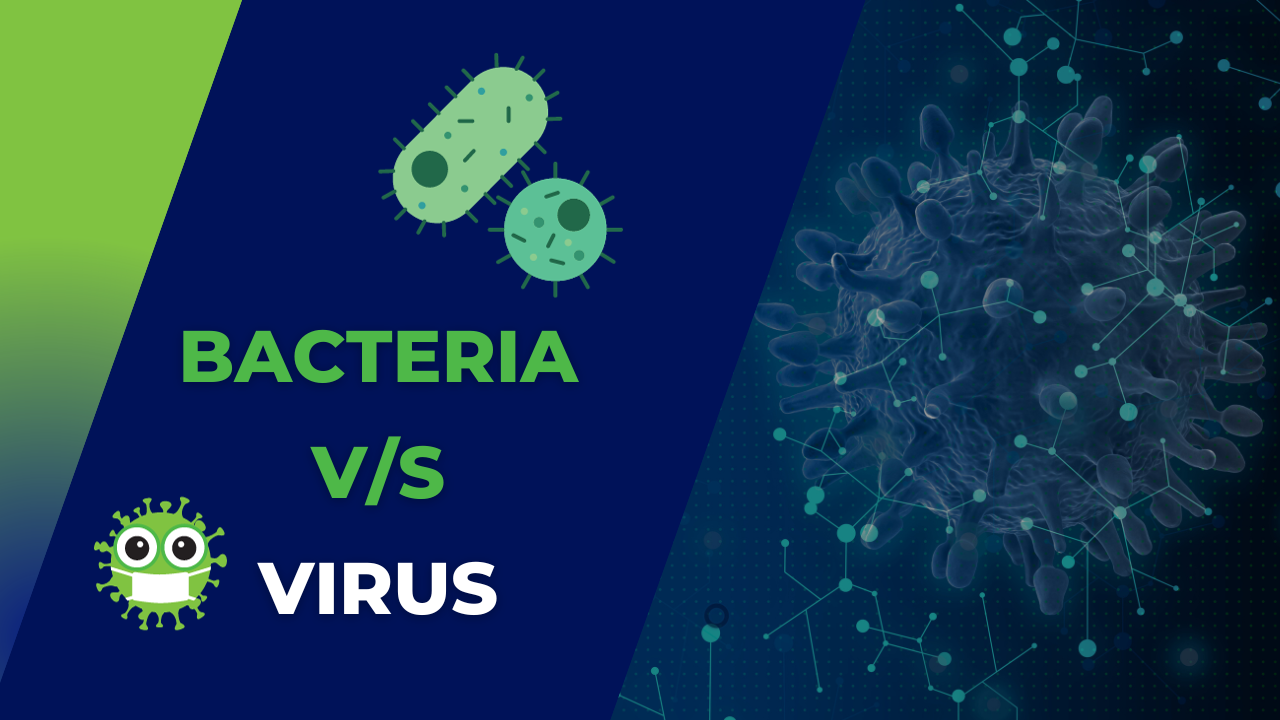How are viruses different from bacteria apex?

Viruses and bacteria are both types of microorganisms, but they have significant differences in structure, function, and behavior. Here are some key distinctions between viruses and bacteria:
Introduction to Viruses and Bacteria
Viruses and bacteria are often misconstrued as similar entities due to their association with illnesses and infections. However, they are fundamentally different in structure, behavior, and impact on human health.
Size and Structure
While both are microscopic, viruses are significantly smaller than bacteria. Viruses are composed of genetic material wrapped in a protein coat, lacking the cellular structure seen in bacteria. On the other hand, bacteria are single-celled organisms with a more complex cellular structure, including a cell wall and membrane-bound organelles.
Reproduction Mechanisms
Viruses cannot reproduce independently and rely on host cells to replicate, whereas bacteria can self-replicate through various methods such as binary fission or conjugation.
Genetic Makeup
Viruses contain either DNA or RNA but not both, while bacteria possess both DNA and RNA within their cells.
Impact on Human Health
Viruses cause various diseases, including the common cold, flu, and COVID-19, while bacteria are responsible for illnesses like strep throat, tuberculosis, and urinary tract infections.
Treatment Approaches
Treating viral infections often involves antiviral medications, while bacterial infections are commonly treated with antibiotics. However, antibiotic resistance is a growing concern with bacteria.
Evolution and Adaptation
Viruses have rapid mutation rates, allowing for quick adaptation to environmental changes, while bacteria evolve through genetic recombination and mutation.
Ecological Roles
Both viruses and bacteria play crucial roles in ecosystems, from nutrient recycling to disease control.
Key Differences Summarized
The distinctions between viruses and bacteria are evident in their size, structure, reproduction mechanisms, and impact on health.
Misconceptions and Common Myths
Clearing misconceptions helps in understanding the critical differences and implications of viruses and bacteria on human health and ecosystems.
Challenges in Studying and Understanding
The complexity of these microorganisms poses challenges in research and comprehensive understanding, leading to ongoing studies.
Future Implications and Research
Continued research aims to uncover new insights into these microorganisms, aiding in disease management and ecological balance.
Public Health Awareness
Understanding the differences between viruses and bacteria is crucial for public health measures, disease prevention, and treatment strategies.
Viruses and bacteria, despite their shared association with illness, differ significantly in structure, behavior, and impact on health. This understanding is vital for effective disease management and ecological balance.
FAQs
- Can antibiotics treat viral infections? Antibiotics are ineffective against viruses as they target bacterial infections.
- How do viruses replicate? Viruses rely on host cells to replicate by injecting their genetic material into the host.
- What is the main difference between viruses and bacteria? Viruses lack cellular structures, whereas bacteria are single-celled organisms.
- Are all bacteria harmful? No, many bacteria are beneficial and necessary for various ecological processes.
- Why is understanding the difference between viruses and bacteria important? Understanding these differences aids in disease management, treatment, and ecological balance.